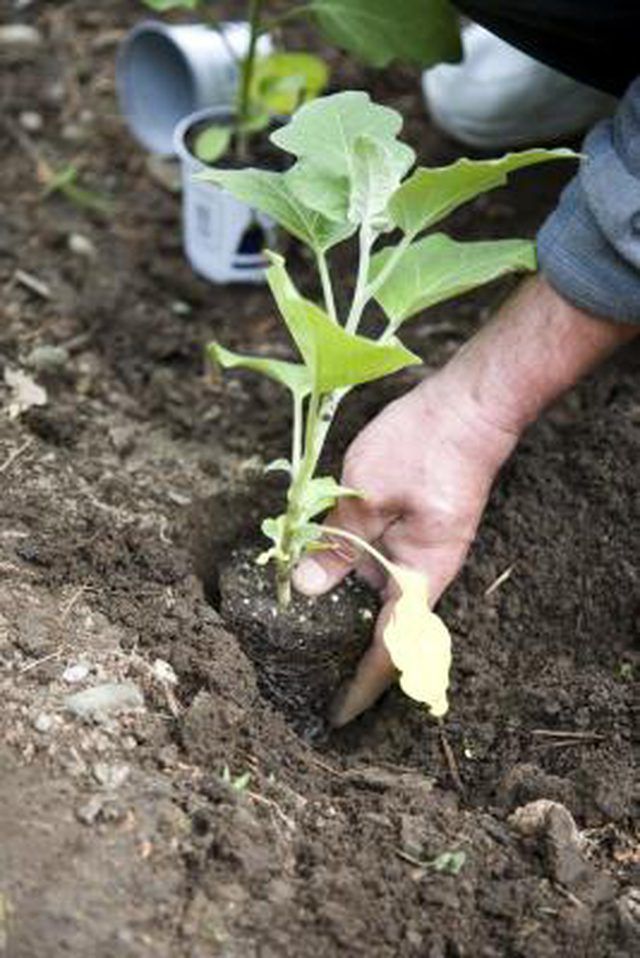Bulbs
Flower Basics
Flower Beds & Specialty Gardens
Flower Garden
Garden Furniture
Garden Gnomes
Garden Seeds
Garden Sheds
Garden Statues
Garden Tools & Supplies
Gardening Basics
Green & Organic
Groundcovers & Vines
Growing Annuals
Growing Basil
Growing Beans
Growing Berries
Growing Blueberries
Growing Cactus
Growing Corn
Growing Cotton
Growing Edibles
Growing Flowers
Growing Garlic
Growing Grapes
Growing Grass
Growing Herbs
Growing Jasmine
Growing Mint
Growing Mushrooms
Orchids
Growing Peanuts
Growing Perennials
Growing Plants
Growing Rosemary
Growing Roses
Growing Strawberries
Growing Sunflowers
Growing Thyme
Growing Tomatoes
Growing Tulips
Growing Vegetables
Herb Basics
Herb Garden
Indoor Growing
Landscaping Basics
Landscaping Patios
Landscaping Plants
Landscaping Shrubs
Landscaping Trees
Landscaping Walks & Pathways
Lawn Basics
Lawn Maintenance
Lawn Mowers
Lawn Ornaments
Lawn Planting
Lawn Tools
Outdoor Growing
Overall Landscape Planning
Pests, Weeds & Problems
Plant Basics
Rock Garden
Rose Garden
Shrubs
Soil
Specialty Gardens
Trees
Vegetable Garden
Yard Maintenance
When to Plant a Vegetable Garden in Central Florida
When to Plant a Vegetable Garden in Central Florida. Central Florida gardeners may enjoy vegetable gardening all year-round. Spring and fall provide the perfect climate for warm-weather crops, while the mild winter is ideal for cool-weather crops. A few heat-tolerant crops thrive in central Florida’s hot, humid summer.

Central Florida gardeners may enjoy vegetable gardening all year-round. Spring and fall provide the perfect climate for warm-weather crops, while the mild winter is ideal for cool-weather crops. A few heat-tolerant crops thrive in central Florida’s hot, humid summer.
Warm-Weather Crops
Warm-weather crops like snap and pole beans, sweet corn, cucumbers, peppers and tomatoes need warmer temperatures in order to flourish, but lack the heat tolerance needed to survive a Florida summer. Warm-weather crops should be planted after summer’s heat has passed in August and September or in March and April to beat the heat.
Cool-Weather Crops
Central Florida’s mild winters rarely include a hard frost and provide a lengthy season for cool-weather crops such as beets, broccoli, cauliflower, turnips, carrots, lettuce and spinach. October to February is the best time to plant these cool-weather crops.
Heat-Tolerant Crops
Florida summers provide plenty of rain for a garden, but they also provide plenty of heat. Heat-tolerant crops like okra, sweet potatoes, cow peas, purple hull peas and black-eyed peas thrive in this warm climate and should be planted in June and July.